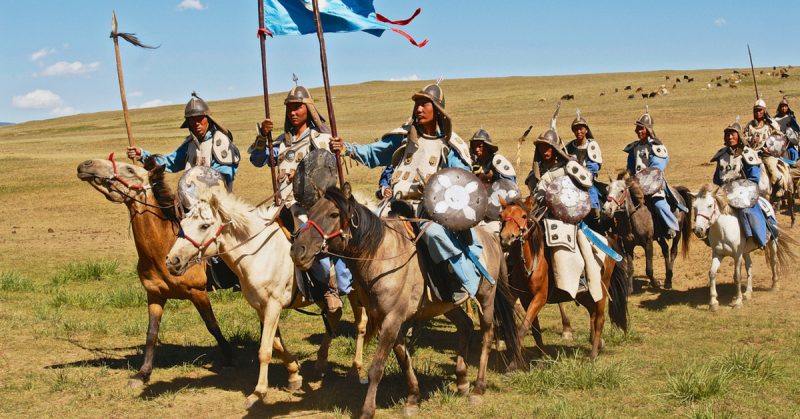Every legend has roots in historical fact, and there are few characters whose legendary feats and accomplishments can match those of the famed Mongol warlord Genghis Khan and his most trusted generals – the Khan’s fearsome “dogs of war.”
The Khan was a larger-than-life character, and he surrounded himself with equally extraordinary generals. So daring were their exploits that a 13th century Mongol history text said of them,
“[they] have foreheads of brass, their jaws are like scissors, their tongues like piercing awls, their heads are iron, their whipping tails swords . . .
In the day of battle, they devour enemy flesh. Behold, they are now unleashed, and they slobber at the mouth with glee. These four dogs are Jebe, and Kublai, Jelme, and Subotai.”
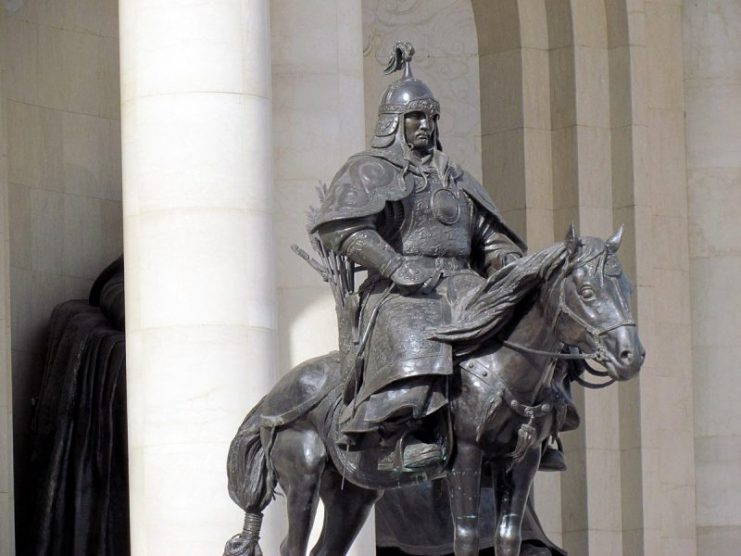
The history of these men is the history of the Mongol conquest. Just as their empire grew from nothing to envelop a huge portion of Eastern Europe, the famed general Subotai rose from a modest upbringing as the son of a blacksmith to being the Khan’s right-hand man, leading numerous successful campaigns in the Mongol conquest.
Known to the Mongols as “Bagatur,” or “the Valiant,” Subotai himself was not of Mongol heritage. His family hailed from a forested tribal area, and it is speculated that his people traded with the neighboring Mongols. When he left his tribe to join the Mongol army, he was only 14 years old. As he was too young for combat, he was given a post as door attendant to the Khan.
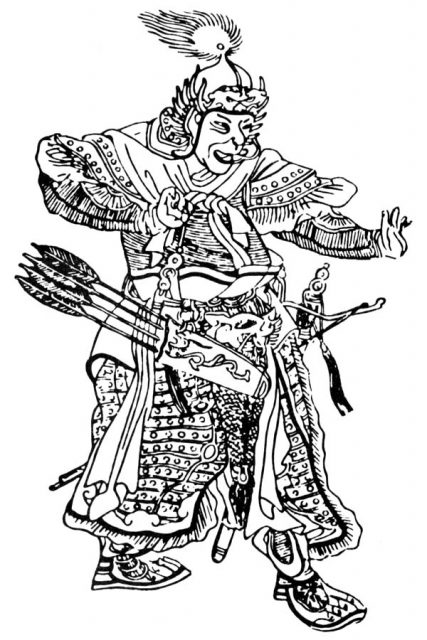
Over the next few years, he learned horsemanship, archery and strategy from the officer he served and his skills earned him a rapid ascension through the Mongol ranks.
Over the span of his career, Subotai commanded the Mongol army further and further West, leading his troops on several successful campaigns against the Rus (ancestors to modern Russian and Slavic people), Poles and Hungarians.
He demonstrated strategic mastery throughout his career – the Mongol army combined their famed horsemanship with archery to great effect against their Eastern European foes.
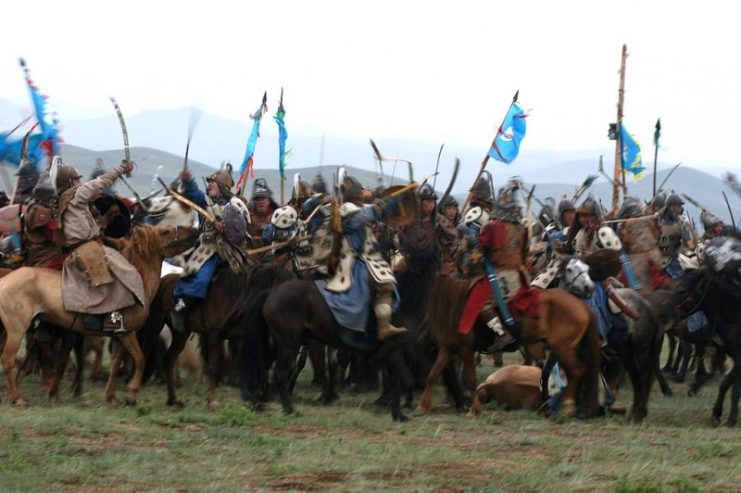
Their ability to launch volleys of arrows from their horses while retreating made it easy for them to goad even the most organized armies into breaking rank, only to be cut down by arrows amid the Mongols’ false retreat.
Their speed enabled them to escape Hungarian crossbowmen who were inflicting heavy casualties from across the river Sajo during the Battle of Mohi; Subotai’s decision to bombard the Hungarian force with siege weapons while simultaneously constructing a bridge further downstream is regarded as one of his most ingenious tactical maneuvers. The Mongol forces crossed the bridge unopposed and proceeded to outflank the Hungarians, completely surprising the army of King Bela IV.
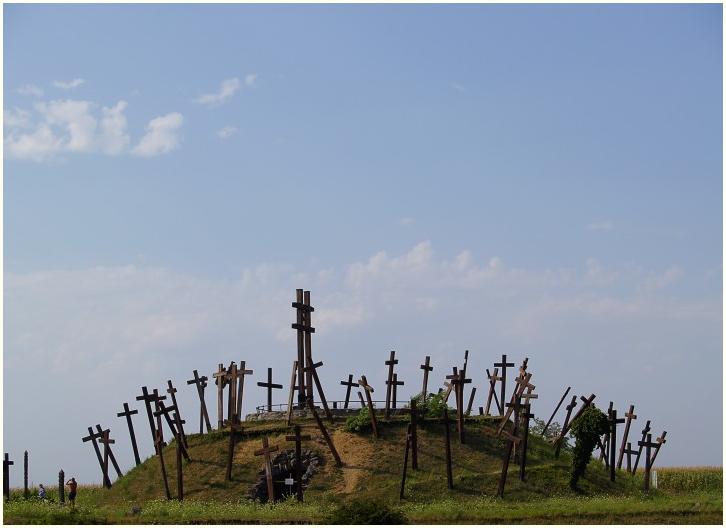
Such was Subotai’s success that by 1241, after five decades of Mongol expansion, the renowned general was devising plans to invade the Holy Roman Empire.
It is speculated that had it not been for the death of Ogedei Khan, heir to Genghis Khan’s empire, the Mongols would have been an unstoppable force in Western Europe as they had been in the East. Upon Ogedei’s death, the Mongol forces returned home to elect a new leader.
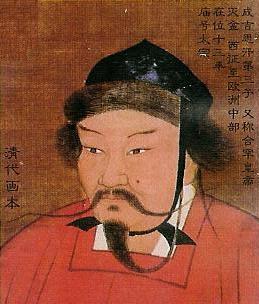
This ended the Mongol expansion in the West as the Mongols under new leader Guyuk Khan, Ogedei’s son elected on a campaign against the Song Dynasty of China. Subotai was placed in charged of the campaign, which lasted a year. Upon returning to Mongolia Subotai died at the age of 75.
